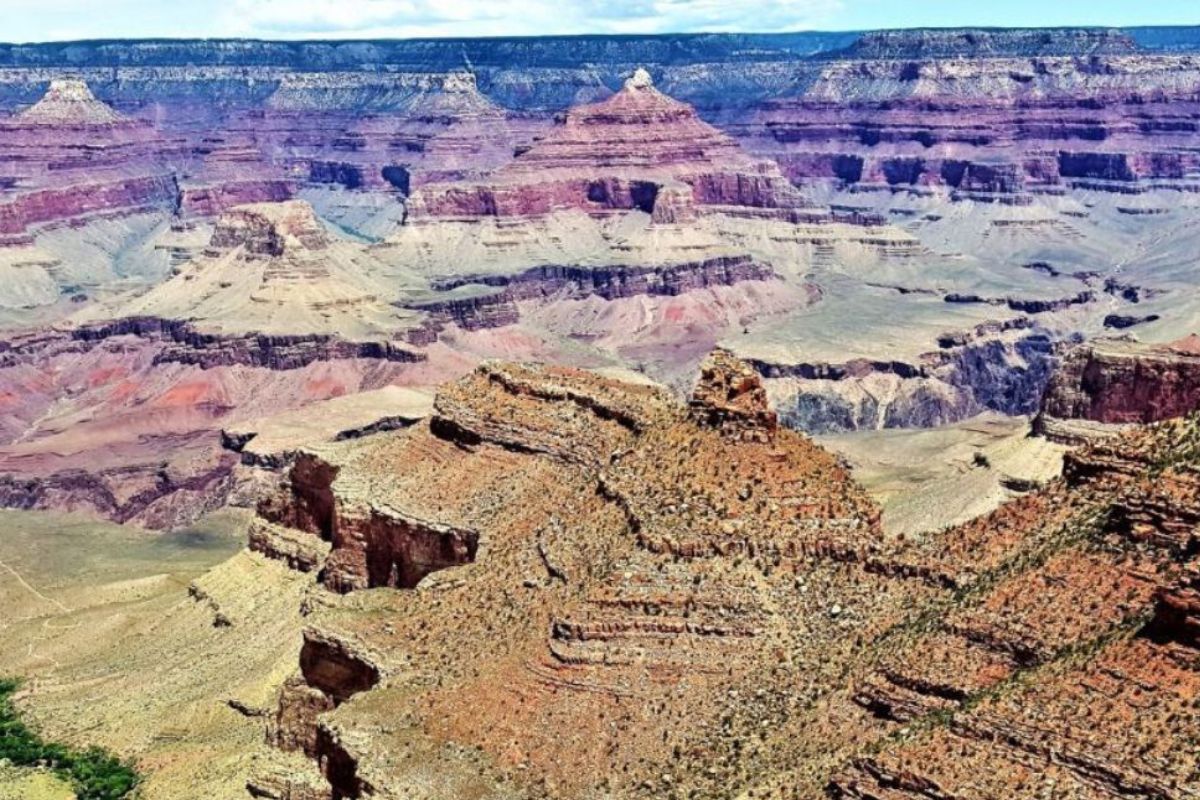Lost Settlements Of The Arizona Territory

Have you ever thought about the lost settlements of the Arizona Territory? These places, once bustling with life, now stand as silent witnesses to history. Imagine walking through ghost towns where time seems to have stopped. Each abandoned building tells a story of dreams, struggles, and survival. Some settlements were mining towns that thrived during the gold rush, while others were farming communities that couldn't withstand harsh conditions. Exploring these forgotten places offers a glimpse into the past and a chance to connect with the pioneers who once called them home. Whether you're a history buff or just curious, these hidden gems provide a unique adventure. Grab your map, lace up your boots, and get ready to step back in time.
Forgotten Towns of Arizona's Past
Arizona's history is rich with tales of bustling towns that once thrived in the desert landscape. These settlements, now lost to time, offer a glimpse into the past. Let's uncover some of these forgotten places.
- Vulture City
Once a thriving mining town, Vulture City sprang up around the Vulture Mine, discovered in 1863. Gold fever brought prospectors and fortune seekers, but as the mine's yield dwindled, so did the town's population. Today, remnants of the mine and a few buildings stand as silent witnesses to its golden days.
- Ruby
Ruby was a lively mining town known for its rich deposits of lead, zinc, and silver. At its peak, it boasted a school, post office, and even a jail. However, by the 1940s, the mines closed, and residents moved on. Now, Ruby is one of the best-preserved ghost towns in Arizona, offering a peek into the past.
- Swansea
Swansea was established in the early 1900s as a copper mining town. It had a railroad, smelter, and even an electric light company. But as copper prices fell, the town's fortunes waned. Today, visitors can explore the ruins of Swansea, including the smelter and old railroad tracks.
- Gleeson
Gleeson began as a small mining camp called Turquoise, named for the turquoise deposits found nearby. It was renamed after John Gleeson, who discovered copper in the area. The town flourished until the mines closed in the 1930s. Now, only a few structures remain, whispering stories of its vibrant past.
- Fairbank
Fairbank served as a crucial railroad hub in the late 1800s, connecting Tombstone's silver mines to the rest of the country. It had a hotel, general store, and even a post office. However, as the silver boom ended, Fairbank's importance faded. Today, it stands as a ghost town, with a few buildings still intact.
- Chloride
Chloride is one of Arizona's oldest mining towns, established in the 1860s. It thrived on silver, gold, and other minerals. Though the mines have long since closed, Chloride still has a small population and hosts annual events celebrating its history. Visitors can explore the town's murals and historic sites.
- Jerome
Perched on Cleopatra Hill, Jerome was once a booming copper mining town. It was known as the "Wickedest Town in the West" due to its rowdy reputation. As the mines depleted, Jerome became a ghost town. However, it has since been revived as an artist community, with galleries, shops, and museums.
- Goldfield
Goldfield emerged in the 1890s during a gold rush. It quickly grew, boasting a hotel, saloons, and a school. But as the gold ran out, so did the people. Today, Goldfield has been restored as a tourist attraction, offering a glimpse into its Wild West past with reenactments and historic buildings.
- Castle Dome
Castle Dome was a silver mining town that thrived in the late 1800s. It had a post office, saloons, and even a stagecoach stop. As the silver dwindled, Castle Dome faded into obscurity. Now, it has been preserved as a museum, showcasing artifacts and buildings from its heyday.
- Pearce
Pearce was founded in 1894 after the discovery of gold and silver. It quickly grew, with a school, church, and even an opera house. However, as the mines closed, Pearce's population dwindled. Today, it is a ghost town, with some buildings still standing as reminders of its prosperous past.
Reflecting on Arizona's Hidden Past
Arizona's lost settlements offer a glimpse into a time when pioneers and Native American tribes shaped the land. These forgotten places, like La Paz and Swansea, tell stories of ambition, struggle, and survival. Exploring these sites reveals the challenges faced by early settlers, from harsh climates to economic shifts. Each settlement has its own tale, whether it's the mining boom in Vulture City or the agricultural dreams of Adamsville. Visiting these locations provides a deeper understanding of Arizona's history and the resilience of those who lived there. They remind us of the ever-changing nature of human endeavors and the impact of time on communities. As you explore these hidden gems, remember the people who once called them home and the legacy they left behind. Arizona's lost settlements are more than just ruins; they are a testament to the enduring spirit of exploration and adaptation.

